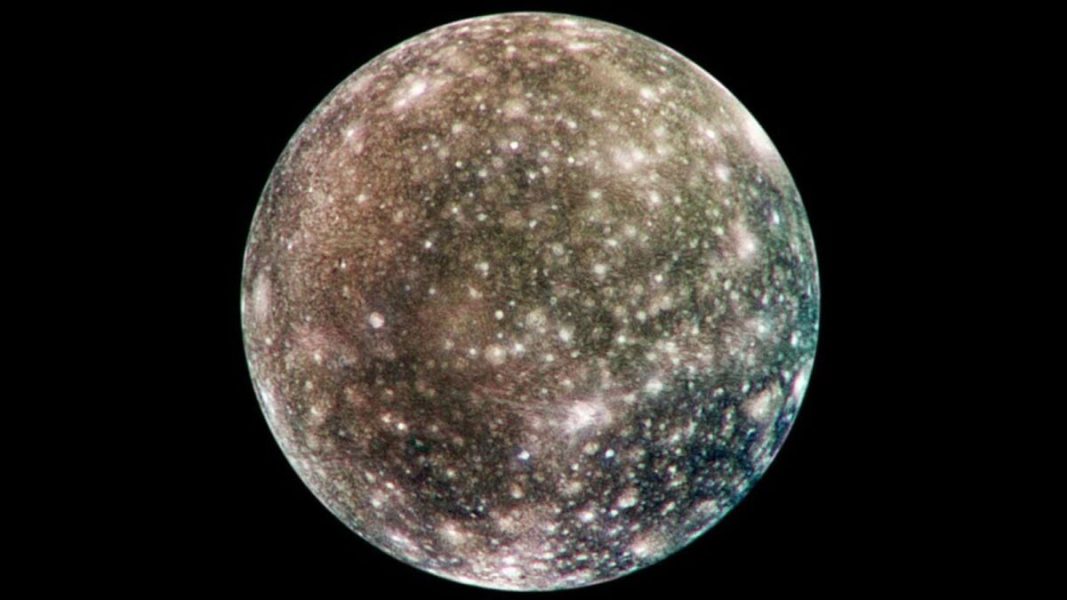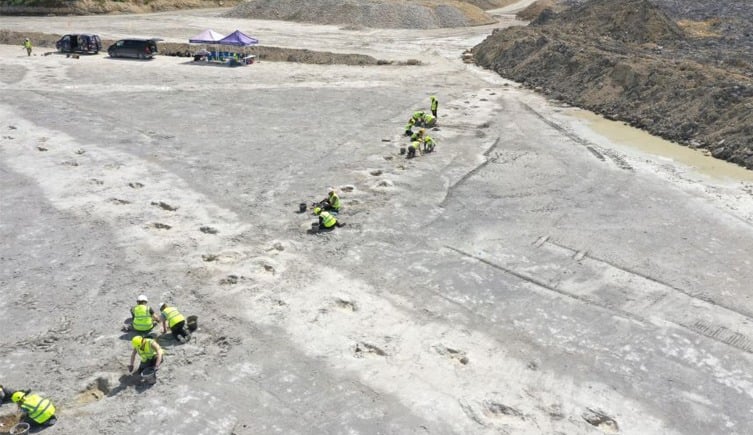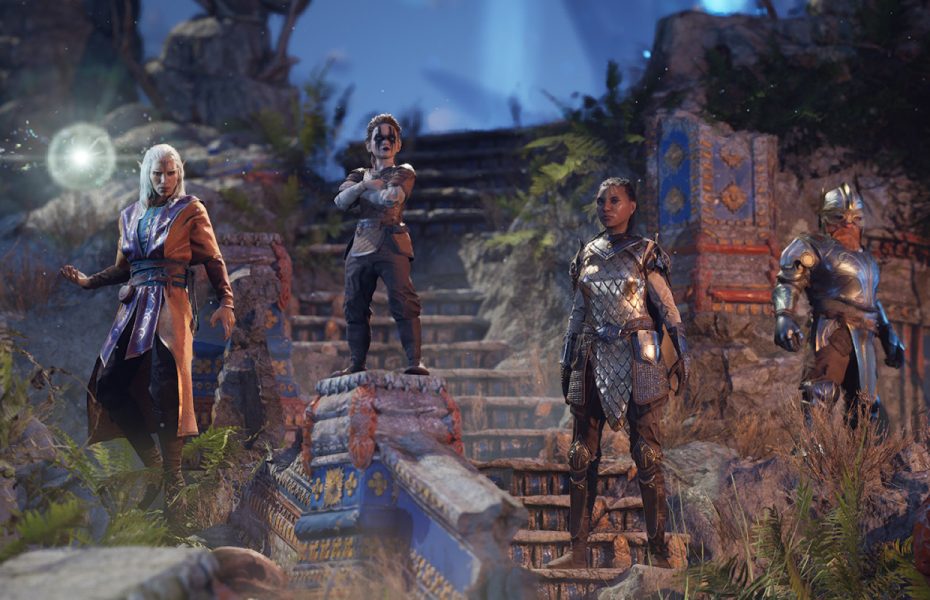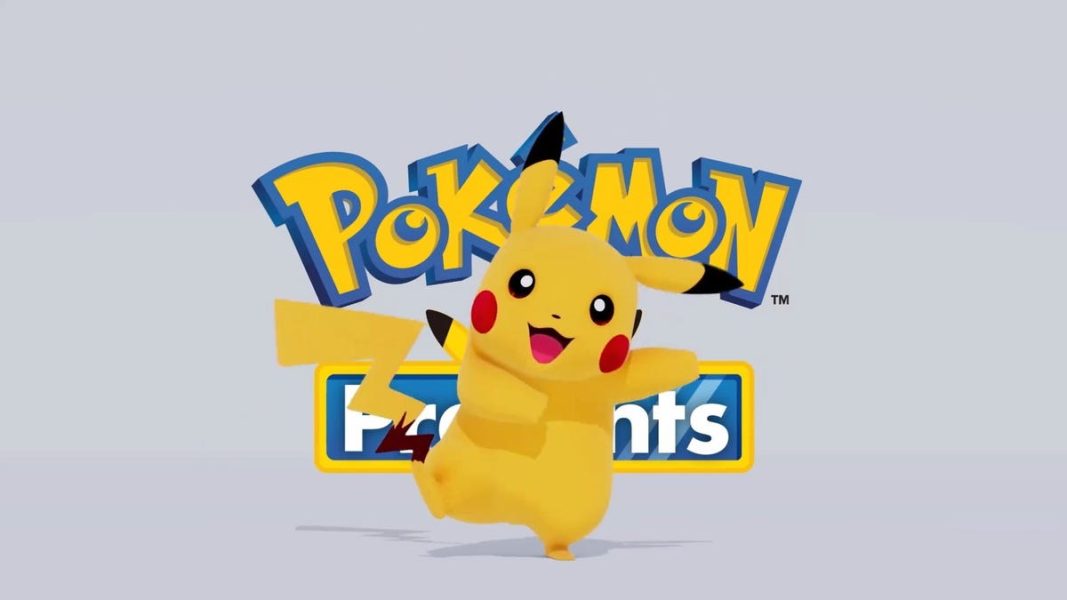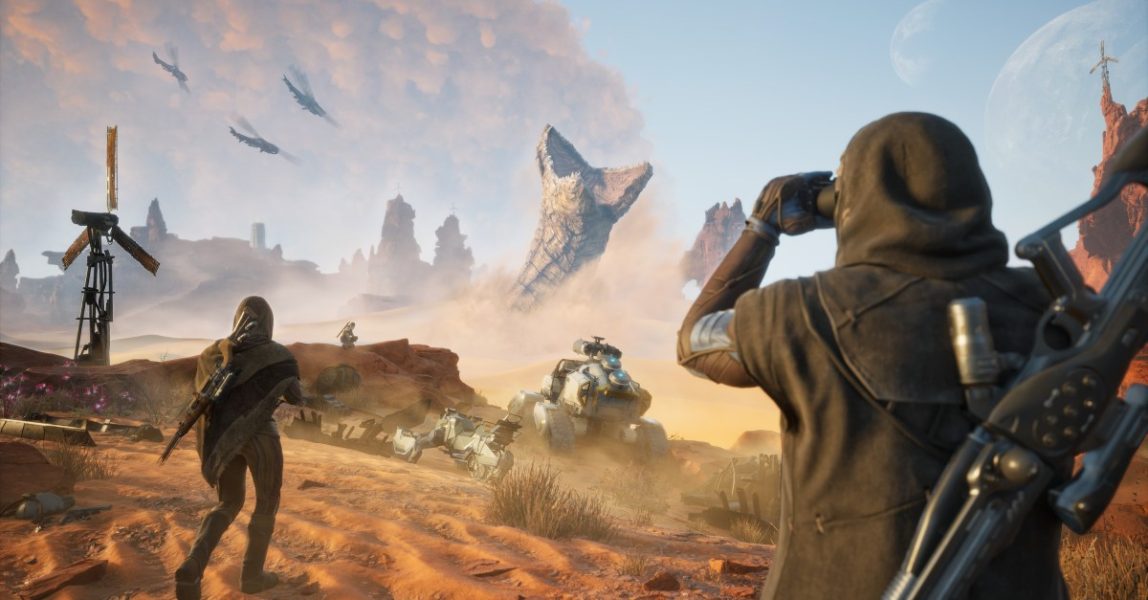GEM-63XL motor test fired at Promontory as part of Vulcan Cert-2 investigation – NASASpaceflight.com
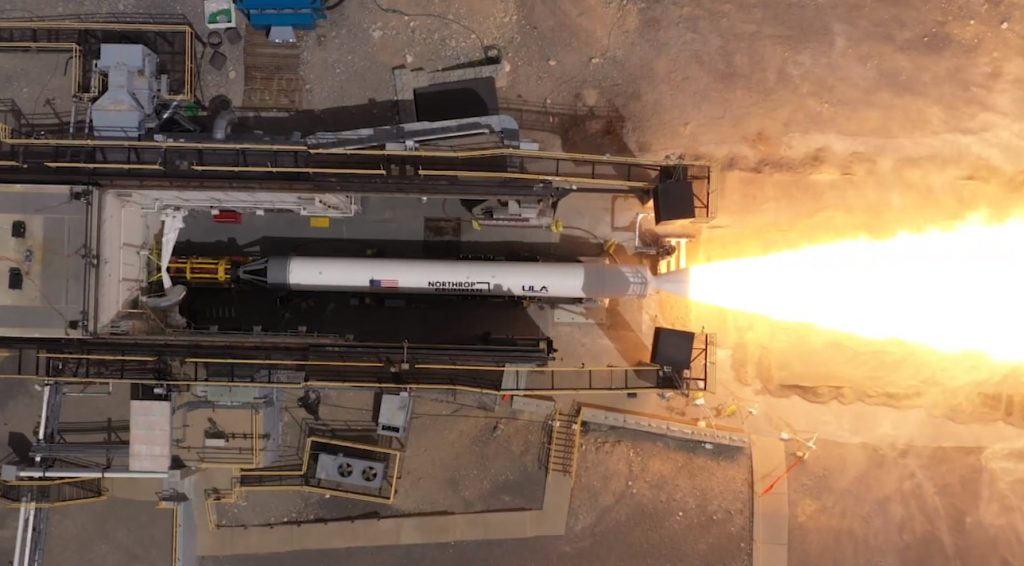
February 19, 2025February 13, 2025February 10, 2025February 3, 2025February 10, 2025January 22, 2025January 6, 2025December 31, 2024February 19, 2025February 13, 2025January 21, 2025December 31, 2024January 27, 2025December 31, 2024December 30, 2024December 23, 2024January 27, 2025January 14, 2025January 13, 2025December 31, 2024February 3, 2025December 31, 2024December 27, 2024December 23, 2024February 16, 2025February 12, 2025February 10, 2025February 9, 2025February 16, 2025February 9, 2025January 31, 2025January 21, 2025May 18, 2024December 3, 2023April 26, 2023March 28, 2023January 15, 2025December 4, 2024September 12, 2024August 13, 2024February 19, 2025February 13, 2025February 10, 2025February 3, 2025February 10, 2025January 22, 2025January 6, 2025December 31, 2024February 19, 2025February 13, 2025January 21, 2025December 31, 2024January 27, 2025December 31, 2024December 30, 2024December 23, 2024January 27, 2025January 14, 2025January 13, 2025December 31, 2024February 3, 2025December 31, 2024December 27, 2024December 23, 2024February 16, 2025February 12, 2025February 10, 2025February 9, 2025February 16, 2025February 9, 2025January 31, 2025January 21, 2025May 18, 2024December 3, 2023April 26, 2023March 28, 2023January 15, 2025December 4, 2024September 12, 2024August 13, 2024February 19, 2025February 13, 2025February 10, 2025February 3, 2025February 10, 2025January 22, 2025January 6, 2025December 31, 2024February 19, 2025February 13, 2025January 21, 2025December 31, 2024January 27, 2025December 31, 2024December 30, 2024December 23, 2024January 27, 2025January 14, 2025January 13, 2025December 31, 2024February 3, 2025December 31, 2024December 27, 2024December 23, 2024February 16, 2025February 12, 2025February 10, 2025February 9, 2025February 16, 2025February 9, 2025January 31, 2025January 21, 2025May 18, 2024December 3, 2023April 26, 2023March 28, 2023January 15, 2025December 4, 2024September 12, 2024August 13, 2024After Vulcan’s otherwise successful second certification mission (Cert-2) on Oct. 4, 2024, was marred by a nozzle separation on one of the rocket’s GEM-63XL solid rocket boosters, questions arose about how and whether this would impact Vulcan’s certification for national security missions. The third Vulcan flight was supposed to start the United Launch Alliance’s (ULA) launch schedule for 2025, but it has now been replaced by an Atlas V mission flying a Kuiper payload.On Thursday, Feb. 13, as part of the investigation of the “observation” on Vulcan’s Cert-2 flight, Northrop Grumman (NGC) and ULA conducted a test firing of a GEM-63XL motor at NGC’s facility in Promontory, Utah. This firing, conducted during a winter storm that dropped inches of snow in the area, appears to have been successful, although the test results were still being analyzed.
Past test firings of the GEM-63XL lasted approximately 90 seconds and produced a thrust close to 450,000 lbs. This test would likely have had similar numbers. ULA CEO Tory Bruno posted about the firing on the social media app X while posing next to the fired booster.Still steaming… Of the many static rocket motor firings I’ve done, this GEM63XL was the first in a blizzard! Thanks @northropgrumman for your hard work. And thank you General Garrant @USSF_SSC for your leadership and no kidding cold weather fortitude! pic.twitter.com/6br1yBAQqI— Tory Bruno (@torybruno) February 14, 2025ULA spokesperson Julie Arnold stated to NSF “The investigation team is reviewing data from a static hot fire of a modified GEM 63XL [sic] booster in Utah on Feb.13 [sic]. This test was part of the process for understanding the root cause of the observation on a Solid Rocket Booster (SRB) during the Vulcan Cert-2 mission and we will provide additional details as we have them.”After the Cert-2 mission lifted off Pad 41 at the Cape Canaveral Space Force Station, the ascent was nominal until 23 seconds after launch. At that point, a burn-through and plume discoloration appeared on the right SRB. At 37 seconds after liftoff the nozzle separated from the right SRB, and the Vulcan had to compensate for the resulting change in thrust.The Vulcan’s BE-4 engines needed to swivel to adjust the flight path, and SRB separation occurred two minutes and nine seconds into flight instead of after the planned one minute and 48 seconds. All other events on the launch timeline occurred later than planned, and the second stage needed to compensate for the earlier SRB issue as well.Closeup of the Vulcan Centaur’s two SRBs and two BE-4 engines during the Cert-2 launch, before the issue occurred. (Credit: Max Evans for NSF)After the Cert-2 flight, Bruno stated that the failure originated in insulators bonded to the inside of the shell that later became the nozzle. He also stated that minor modifications were underway to correct the issue, and presumably, Thursday’s Promontory static firing would have tested these fixes. Up to 192 instrumentation channels would have been available to record the test motor’s performance.Prior to Vulcan’s first launch in early 2024, two certification flights were planned before Vulcan could fly national security missions. The U.S. Space Force’s Assured Access to Space (USSF AATS) office was targeting the end of February for certification; the next scheduled Vulcan flight is the CRS SNC-1 mission no earlier than May 2025. However, further delays for SNC-1 are likely as the Dream Chaser Tenacity still needs additional work on its flight readiness.National security missions like USSF-87, USSF-106, WGS-11+, and NROL-73 are waiting on Vulcan’s availability, with USSF-106 originally supposed to be Vulcan’s next flight after Cert-2. The Vulcan earmarked for that flight is now being destacked at the Government Vertical Integration Facility (VIF-G) on Space Launch Complex 41 (SLC-41) at the Cape Canaveral Space Force Station. Instead, the next launch from this pad is now scheduled to be an Atlas V 551, carrying the Kuiper-1 broadband satellite constellation mission during the second quarter of this year.The Vulcan core for the USSF-106 mission is seen here at the VIF-G at Pad 41. (Credit: ULA)The Kuiper missions are prepared at the Amazon Vertical Integration Facility and ULA hopes to launch a number of these flights in 2025. Originally, ULA had planned to launch up to 20 missions of all types this year. However, that target is now in question as the USSF AATS office decides when ULA will get the go-ahead to launch its scheduled Vulcan national security missions from Florida and California.Both Vulcan flights to date have been with the VC2S version — Vulcan-Centaur with two solid rocket boosters and a standard fairing. However, the USSF-106 mission is to use the VC4S version with four SRBs to place a payload directly into geosynchronous orbit. The Vulcan can use zero, two, four, or six boosters, so the GEM-63XL is a very important piece of the rocket family’s capabilities.(Lead image: A GEM-63XL undergoing the first qualification firing in 2020 to certify the design for Vulcan. Credit: Northrop Grumman).©2005-2023 – NASASpaceflight.comFebruary 19, 2025February 13, 2025February 10, 2025February 3, 2025February 10, 2025January 22, 2025January 6, 2025December 31, 2024February 19, 2025February 13, 2025January 21, 2025December 31, 2024January 27, 2025December 31, 2024December 30, 2024December 23, 2024January 27, 2025January 14, 2025January 13, 2025December 31, 2024February 3, 2025December 31, 2024December 27, 2024December 23, 2024February 16, 2025February 12, 2025February 10, 2025February 9, 2025February 16, 2025February 9, 2025January 31, 2025January 21, 2025May 18, 2024December 3, 2023April 26, 2023March 28, 2023January 15, 2025December 4, 2024September 12, 2024August 13, 2024
Source: https://www.nasaspaceflight.com/2025/02/gem-63xl-test-fire/

